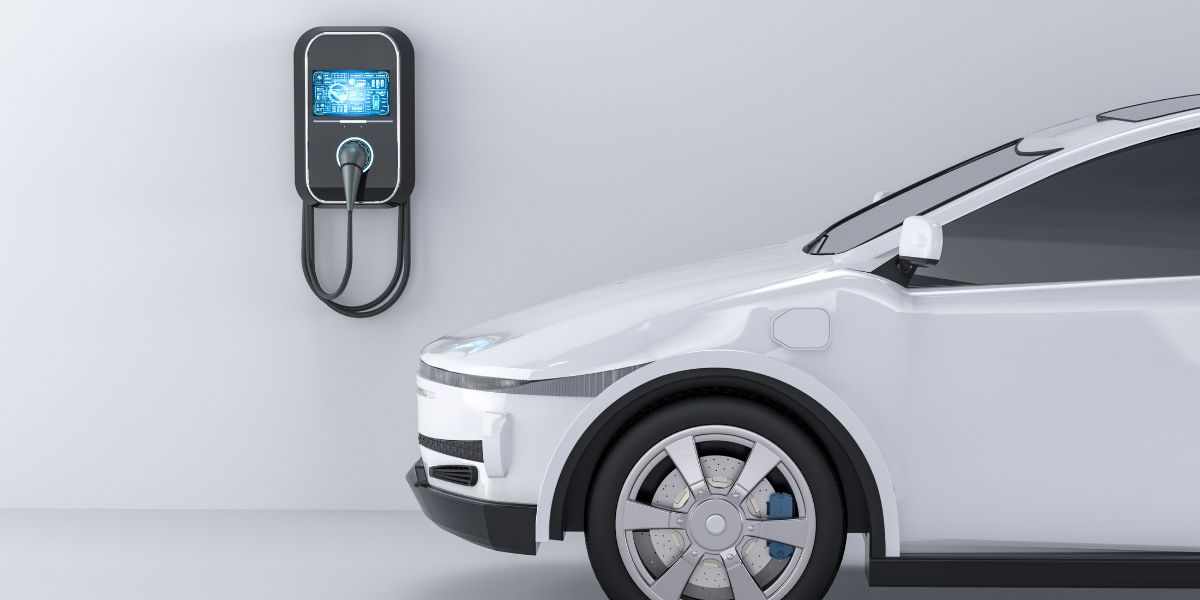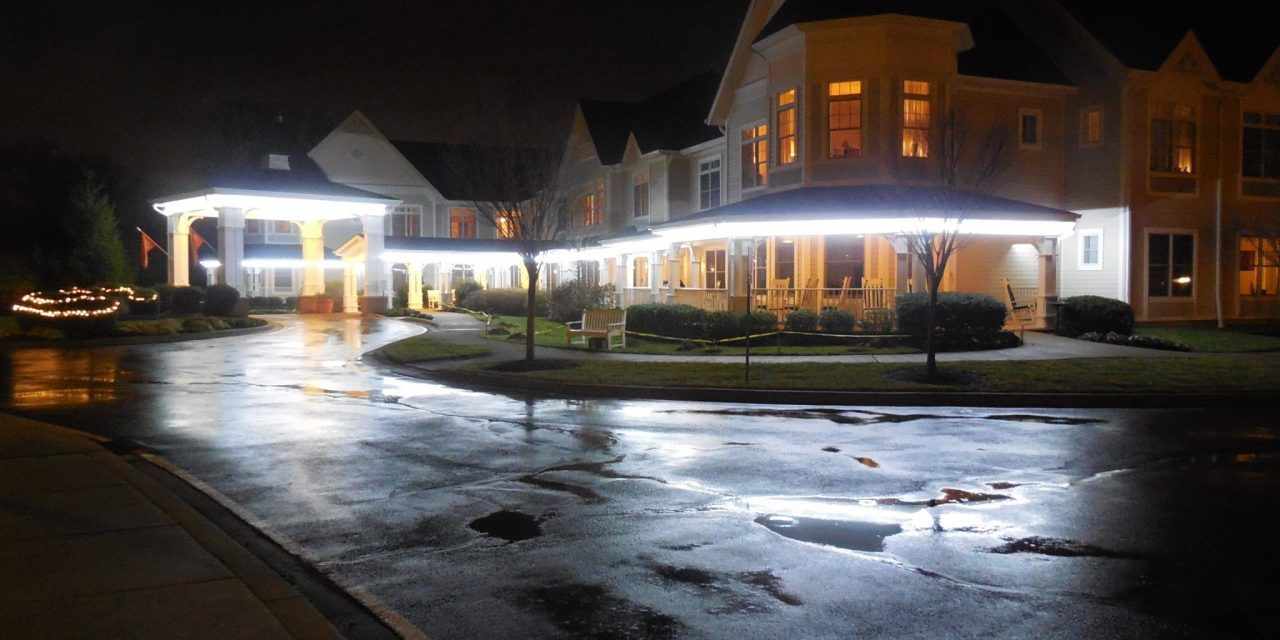
With the growing popularity of electric vehicles, EV home charger installation has become a must-have for many homeowners. While the process may seem straightforward, it's easy to overlook important steps that can lead to costly repairs or safety risks. Here are the top 7 mistakes to avoid when installing a home EV charger.
Skipping a Professional Electrical Assessment
Before any installation, it’s crucial to evaluate your home’s electrical capacity. Many older homes may not support high-voltage chargers without upgrades. Skipping this step can overload your system, leading to frequent outages or even fire hazards.
✅ Tip: Always consult a licensed electrician before proceeding with EV home charger installation.
Choosing the Wrong Charger for Your Needs
Not all chargers are created equal. Level 1 chargers are slower and typically plug into standard outlets, while Level 2 chargers offer faster charging but require a dedicated 240V circuit.
✅ Tip: Consider your daily mileage, charging time, and vehicle type when selecting your charger.
Improper Location Planning
Installing the charger in a hard-to-access or exposed area can cause inconvenience and unnecessary wear and tear.
✅ Tip: Install the charger close to where you park, preferably in a covered or garage space, to protect it from the elements.
Ignoring Local Permits and Code Requirements
Many cities and towns require permits for EV home charger installation. Failing to comply with local building codes may result in fines or require reinstallation.
✅ Tip: Check with your municipality or electrical contractor to ensure you’re following all regulations.
DIY Installation Without Proper Knowledge
Installing a Level 2 EV charger requires handling high-voltage electricity. A DIY job without the proper skills is not only unsafe but may void your vehicle or home warranty.
✅ Tip: Always hire a certified professional to handle the installation.
Overlooking Future-Proofing Options
You might only own one EV now, but what about in a few years? Not planning for future expansion means redoing your setup later.
✅ Tip: Install a higher-capacity charger or add an extra conduit line to accommodate additional EVs or solar systems in the future.
Not Considering Smart Features
Many EV chargers now come with smart features such as Wi-Fi connectivity, energy monitoring, and scheduled charging. Ignoring these can mean higher energy bills and less control.
✅ Tip: Choose a charger that allows smart charging to take advantage of off-peak rates and better energy efficiency.
Final Thoughts
Avoiding these common mistakes during your EV home charger installation ensures not just convenience but also long-term safety and savings. Whether you're new to electric vehicles or upgrading your current setup, proper planning and professional help go a long way.



Write a comment ...